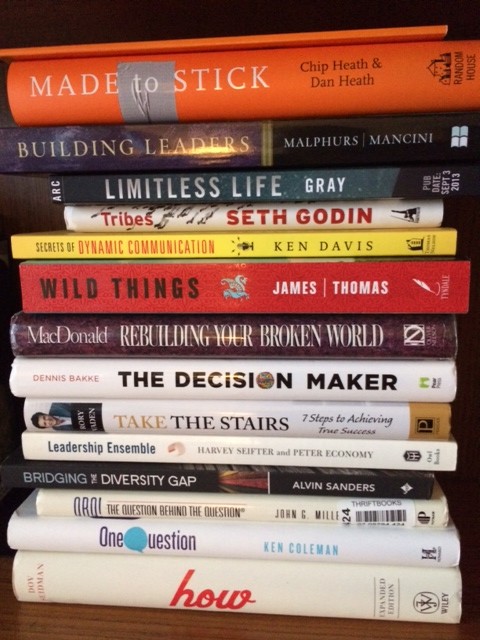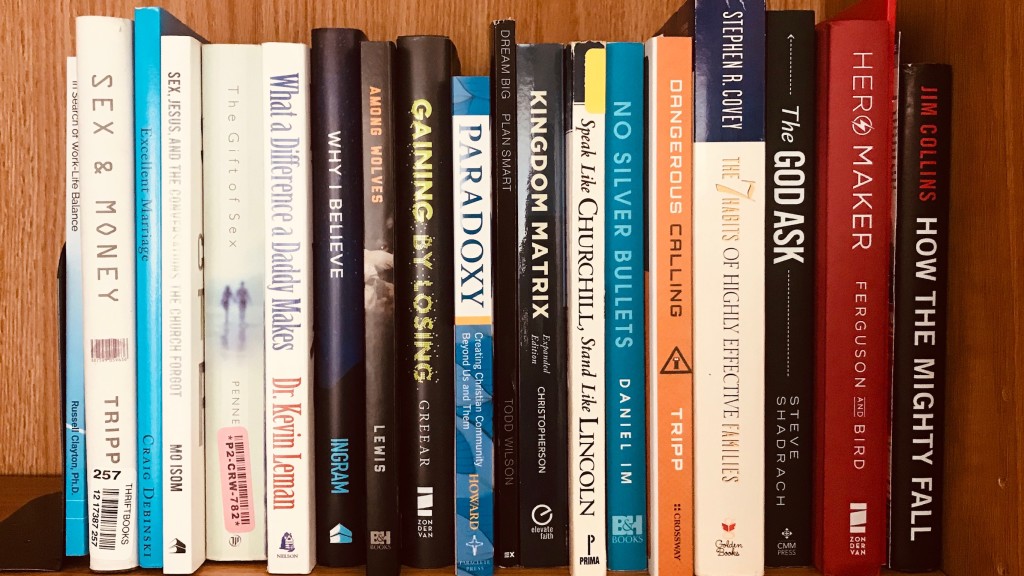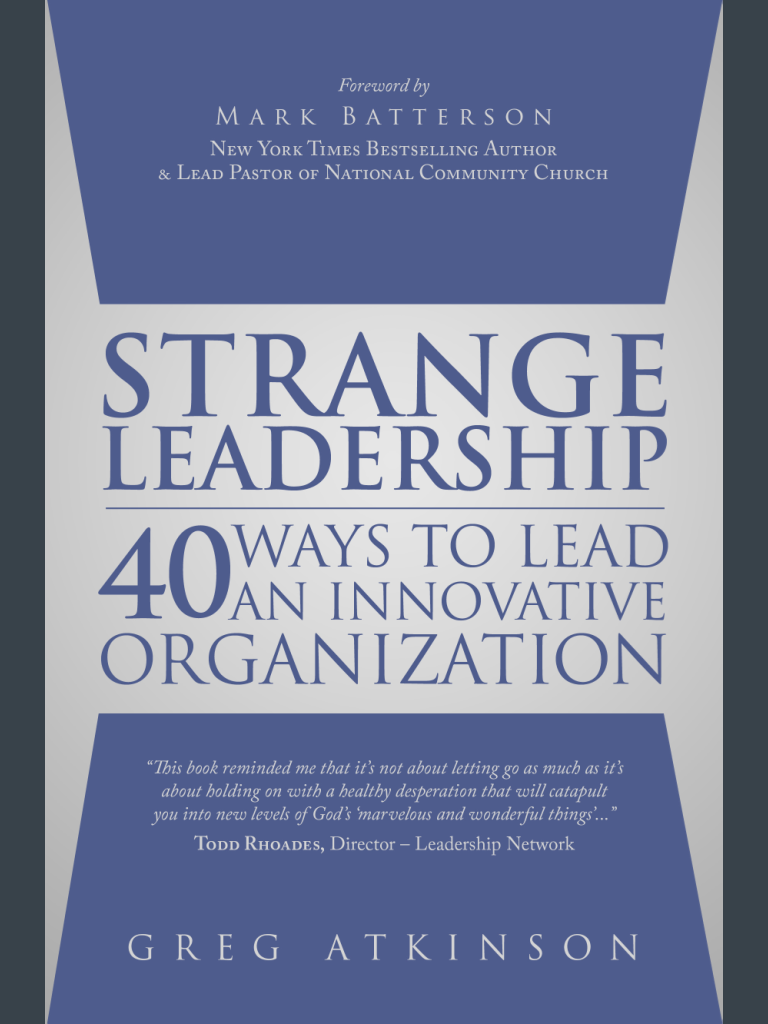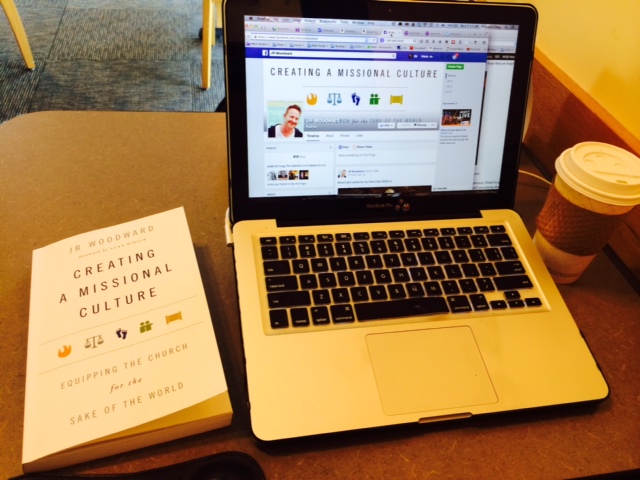This is my first blog book review/summary. I read 2-6 books a months. Topics that interest me include leadership, marriage, parenting, theology, biography, ministry, culture, technology, fitness, running, and other misc topics. My reviews will be more summaries and not in-depth or technical. But I hope they are helpful.

*some of the books on my reading list for this year.
I just finished The Circle Maker , by Mark Batterson. Picked it up in light of some major transitions I’m going through. My wife and I are praying about what’s next for us. We wanted to grow in prayer and had this on the shelf. Mark Batterson spoke at a conference I had recently attended. So it made sense to read it. Bottom line: it’s had a significant impact on our prayer lives. Hope the same for you.
, by Mark Batterson. Picked it up in light of some major transitions I’m going through. My wife and I are praying about what’s next for us. We wanted to grow in prayer and had this on the shelf. Mark Batterson spoke at a conference I had recently attended. So it made sense to read it. Bottom line: it’s had a significant impact on our prayer lives. Hope the same for you.
The majority of reviews on Amazon are high. 601 5-star. 66 3-start or lower. Of the negative reviews most cite the use of the legend of Honi as a concern. They claim Batterson is following the way of The Prayer of Jabez. That he is using non or unbiblical sources and taking scripture out of context.
One 7-page negative review (not on Amazon) started,
I have yet to read the entire text. However, the little I have read and some preliminary research has revealed troubling things about the text and author and certainly raises the question about whether it is appropriate for leaders, and pastors in church to teach from and recommend this text to the church.
Really? A 7-page rant on something you haven’t even read?
HERE is a well written negative review from Tim Challies. He also has a great list of other books on prayer (HERE). Yet I recommend The Circle Maker and have found it helpful for the following reasons.
While the story of Honi is a legend, it is found in credible sources. The Mishnah Taanit, and first century scholar Josephus record Honi’s story. HERE is a short summary from Josephus. Therefore, it’s not made up. Weather or not we should model our prayer based on it is another story.
The main question is whether or not the principles of the book line up with truth and scripture. You can be the judge.
Note these quotes from the introduction:
God is not a genie in a bottle, and your wish is not His command. His command better be your wish. (page 14).
Batterson builds on that foundation throughout the rest of the book on. This book is NOT about how to get what you want. Or how to grow your church or ministry by using a canned prayer. It’s about how to connect your life to what God wants.
Drawing prayer circles starts with discerning what God wants, what God wills. And until His sovereign will becomes your sanctified wish, your prayer life will be unplugged from its power supply. (p. 14)
The book has three major sections, DREAM BIG, PRAY HARD, and THINK LONG.
1. Dream Big
Is the principle DREAM BIG biblical?
The greatest risk is failing to circle the promises of God because we forfeit the miracles God wants to perform. (p. 51)
While taking OT promises out of context is not helpful. It is true that God wants us to pray with bold faith. For example, Jesus says,
You did not choose me, but I chose you and appointed you so that you might go and bear fruit—fruit that will last—and so that whatever you ask in my name the Father will give you. John 15:16
God wants us to dream big. He wants our lives to bear much fruit. And they will as we seek and commit to His will, as revealed primarily in the Bible. Therefore, DREAM BIG!
2. Pray Hard
Is PRAYING HARD biblical?
Batterson begins the section quoting Luke 18 and the parable of the persistent widow. He builds this entire section on this concept, which I agree with.
Many have quoted the mantra,
Pray like it depends on God, and work like it depends on you.
Batterson adds,
It’s praying until God answers, no matter how long it takes. It’s doing whatever it takes to show God you’re serious. (p. 82)
I agree. And he adds that God either says YES, NO, or NOT NOW. He is careful to note that God is no genie, as noted above.
Batterson is careful to say, “Pray through the Bible.” (p. 94) He adds, “if you pray through it [the Bible], you’ll never run out of things to talk about [in prayer].
Most Christians, myself included, quit praying for things too soon. Therefore this principle is not only biblical, it is highly practical. YES, PRAY HARD!
3. Think Long
Is the principles of THINKING LONG biblical?
The Apostle Paul had a long view of life and prayer.
Join with me in suffering, like a good soldier of Christ Jesus. 4 No one serving as a soldier gets entangled in civilian affairs, but rather tries to please his commanding officer. 5 Similarly, anyone who competes as an athlete does not receive the victor’s crown except by competing according to the rules. 6 The hardworking farmer should be the first to receive a share of the crops.
Being a soldier, athlete, and farmer all take the long view. Christian disciplines require a long view. They require prayer that is sown now but reaped later.
YES, THINK LONG. Pray for things today, but also for things 10, 20, 50, even generations from now.
BOTTOM LINE: The Circle Maker is FULL of inspired stories and examples. They are not necessarily to be imitated. Rather, let them inspire you to DREAM BIG, PRAY HARD, and THINK LONG. All for the glory of God!
QUESTION: Have you read The Circle Maker? If so, what are 1-2 take aways you had?





